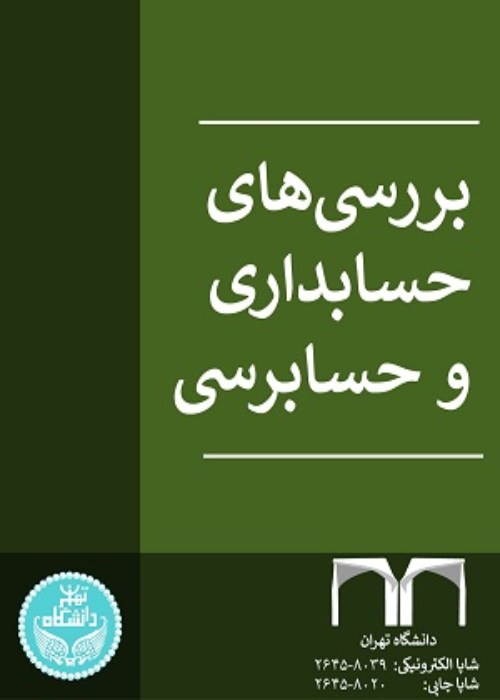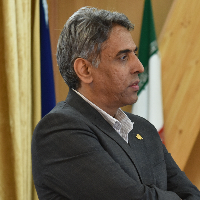The Accounting Education Gap and Professional Needs: Examining Educational Components Using Grounded Theory
This study aimed to explore the factors contributing to the misalignment between undergraduate accounting education and professional requirements in Iran and it could present expert perspectives on the essential educational components and curricula necessary to bridge this gap.
This research was done employing the grounded theory method. For this purpose, concepts and categories were extracted by using the theoretical sampling method and conducting interviews with 14 experts. The steps taken to conduct the research included formulating general research questions, interviewing experts, extracting concepts and categories and their specifications and dimensions, classifying categories using open, Axial and selective coding, and presenting the final research model.
The final model of the gap between undergraduate accounting education and professional needs in Iran was presented in the form of causal conditions, underlying conditions, intervening conditions, strategies, and consequences. Throughout this research, several critical factors were considered, including the evolving legal and regulatory landscape of the country, the rapid technological advancements, the globalization of the accounting profession, and quality-related issues in education. These quality-related concerns encompassed the infrequent changes and updates to curricula and educational materials in response to shifts in the economic and financial environment, as well as the need for ongoing professional development among university professors. Regarding the needs of the profession, it was identified as the causal conditions and factors of the gap. One of the most crucial strategies for mitigating this gap entails reevaluating the weighting and timing of certain course curricula, revising specific lessons and educational programs, enhancing educational materials, elevating the practical knowledge level of students, diversifying teaching methods, and ensuring the adequate supervision of professors' teaching. Additionally, creating an information technology infrastructure for educational purposes, expeditious approval and guidance on the implementation of standards by the audit organization, conducting both virtual and in-person training courses, and encouraging professors' active involvement in professional organizations are all essential measures to bridge the divide. The consequences of the implementation of the strategies include the existence of training courses for all students across the country and the observance of educational justice, the awareness of university professors about the changes that have occurred in the profession with their presence in professional organizations, and as a result, greater coordination between the profession and the university is employing expert professors suitable for each course in universities, using new educational methods, improving the level of students' practical knowledge, reviewing and revising the educational topics that are mentioned in detail in the text.
Due to continuous developments in financial markets, the gap between accounting education and the need for the profession is very important and it is necessary to periodically examine this gap and its causes. According to the strategies presented in this research, several suggestions have been made for some institutions related to the subject of the research. For example, regarding the educational planning committee, it is possible to mention the opportunity to create scope for members of the profession to determine educational curricula, weighting, and prioritization in educational curricula. Regarding the role of universities, efforts should be made to provide sufficient support to theses and theses in the field of education and provide sufficient funding to employ professional professors to teach some courses so that they can share their practical experiences with students in some applied courses such as auditing and or transfer tax laws. Establishing greater convergence of the audit organization with other government institutions such as the tax affairs organization to recognize the standards developed in the preparation of financial statements to reduce ambiguity in the application of some standards can be considered as one of the practical suggestions of this research and a factor to reduce this gap.
- حق عضویت دریافتی صرف حمایت از نشریات عضو و نگهداری، تکمیل و توسعه مگیران میشود.
- پرداخت حق اشتراک و دانلود مقالات اجازه بازنشر آن در سایر رسانههای چاپی و دیجیتال را به کاربر نمیدهد.




